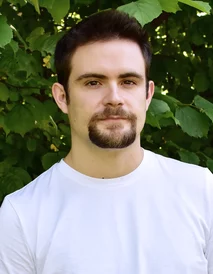Miguel Bello (MPQ)
Setups of quantum emitters coupled to structured baths have gained more and more attention in recent years, as they constitute a versatile platform where one can test and explore unconventional quantum optics, or even use them for some quantum information processing or quantum simulation. From a broader point of view, quantum impurity problems have attracted our attention since the beginnings of quantum mechanics. For example, in solid state physics, the Kondo impurity problem was one of the first interacting problems to be solved by renormalization group techniques. In this talk, I’ll review some theoretical methods for studying quantum impurity problems, namely, the resolvent method, as well as some numerical techniques for simulating the dynamics. Along the way, we’ll see them in action for different baths, exploring how different bath properties (non-Hermiticity, non-trivial topology, etc.) can affect standard quantum optical phenomena. Finally, I will discuss how these techniques can be used to study free, many-body impurity problems, and what new insights we learn that have been overlooked by standard condensed matter approaches.

